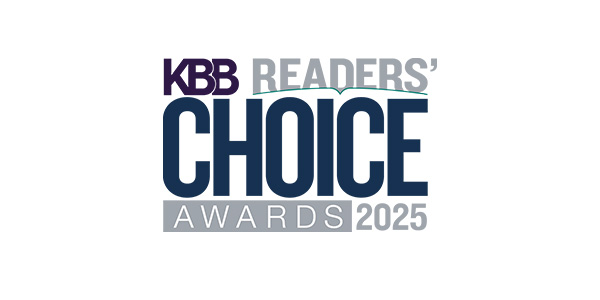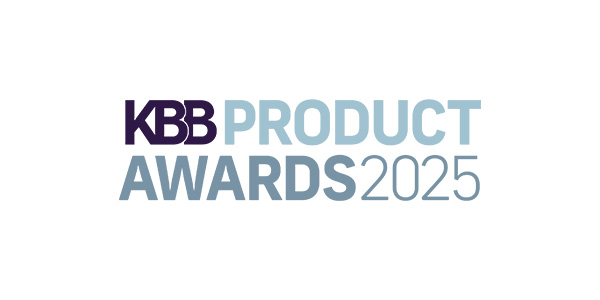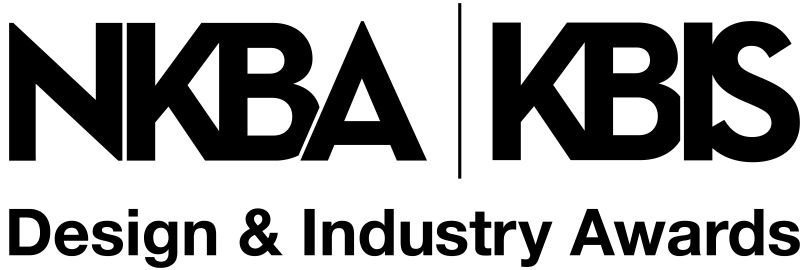It’s well known that smart audio speakers recognize voices and can distinguish among different voices, so it wasn’t a big surprise when it became possible to control smart kitchen appliances with voice. What is a really big surprise is that computer vision – also known as image recognition – can now control appliances. I had a conversation with Shawn Stover, executive director of Smart Home Solu- tions at GE Appliances (GEA) recently about the company’s partnership with Google Cloud and how that changes things for the kitchen industry.
Interacting with Smart Kitchen Appliances
Stover described customer experiences that would be more like those we experience with our smartphones: seamless and intuitive. For example, the process of roasting a chicken typically starts by looking up a recipe, setting the oven to bake at a certain temperature, putting the chicken in the oven and then taking it out when the timer goes off. Compare this to popping a chicken in the oven, and then the camera inside sees that it’s a chicken, cooks it perfectly at the set temperature and then turns the oven temperature down or off. Artificial intelligence (AI) automates the task.
Additionally, appliance software updates will happen just like smartphone updates, and our appliances will get improved functions and all new ones, too. This past April, GEA sent software wirelessly to 200,000 owners of their ovens, adding air fry capabilities. Computer vision will make controlling appliances easier by cutting down on the use of touch pads and knobs. Kitchen designers will be able to use this groundbreaking new technology to help clients design and build their kitchen for today’s lifestyle and tomorrow’s.
Getting Personal
Data is a key to AI. With online connections, things can be recorded like service calls for the appliance, its usage, our interactions with appliances and an appliance’s interactions with others – like a cooking surface automatically telling a hood vent to turn on. I’d love to know where the cook goes next after getting something out of the refrigerator, which is likely an often-used traffic pattern that could help determine a new design. This kind of information will be tremendously helpful to kitchen designers, and I can imagine a whole new range of opportunities to personalize designs based on information that online connections will provide.
Appliances up until now have been designed for specific kinds of cooking or preserving. And now we’re seeing a new breed of appliances enabled by AI that will learn and evolve their capabilities so that they will work for our lifestyles and the changes we make over time. Stover believes that this new breed of appliances will work for a family through different lifestages. For example, a young family needs solutions for warming milk and baby formula in bottles, but soon the children get older and want smoothies in thermoses. It’s not baby clothes in the washer and dryer anymore, it’s a soccer uniform and muddy jeans. Functions and features added over time can be considered extreme personalization. With training, an oven will be able to tell the difference between a chicken and a turkey, and the washer will know the difference between a pair of jeans and a pair of corduroys. In the very near future, we will see appliances that are easier to use, take over repetitive tasks and improve performance over time.
Machine Learning in a Nutshell
Machine learning (ML) is the science of getting computers to act without being explicitly programmed. Dr.Fei-Fei Li, professor of computer science at Stanford and VP of Google Cloud, is the genius behind computer vision, an ML subset of AI. Her work is about training computers to recognize images so they can accurately predict what they are seeing.
In our industry, a practical example of computer vision is appliances being able to recognize fruits and vegetables. Google Cloud’s view is the world, and an appliance maker’s view is basically the home, according to Stover. This means Google Cloud brings a broader library of data in the form of images to the partnership. Without it, GEA would need to train computers to recognize foods. Appliances that can visually identify foods and take voice commands are changing the rules of the kitchen game, affording us appliances that are easier to use, improve performance and take over repetitive tasks.
Personal Data Privacy
It’s almost impossible to talk about connecting devices online and cloud computing without having a conversation about personal privacy. Stover explained that GEA attained the Gold Level IOT Security Rating from UL and was the first appliance maker to do so. The rating means GEA meets critical benchmarks for cybersecurity and consumer data protection. He said data privacy is part of GEA’s core, and the brand builds it into its appliances.
Appliances are becoming more like smartphones and self-driving cars in that they are as much about software as they are about physical machines. These new home automation capabilities will augment our own abilities in the kitchen in a very personalized way, which will save us time and enable us to live in our own homes longer.
By Scott Koehler, owner of Dream Kitchen Builders








